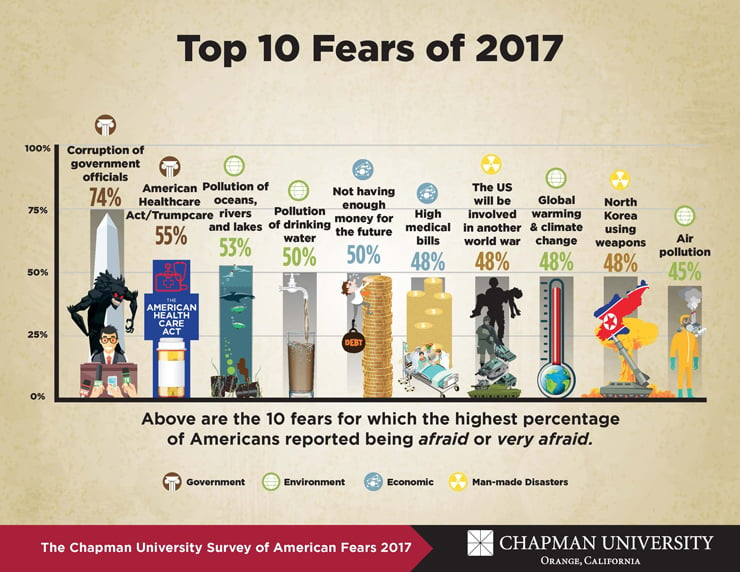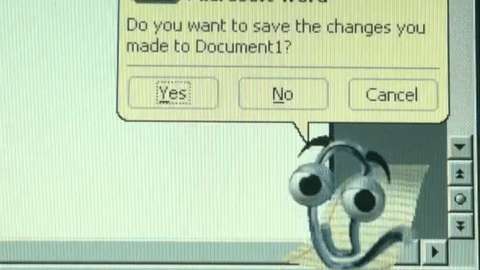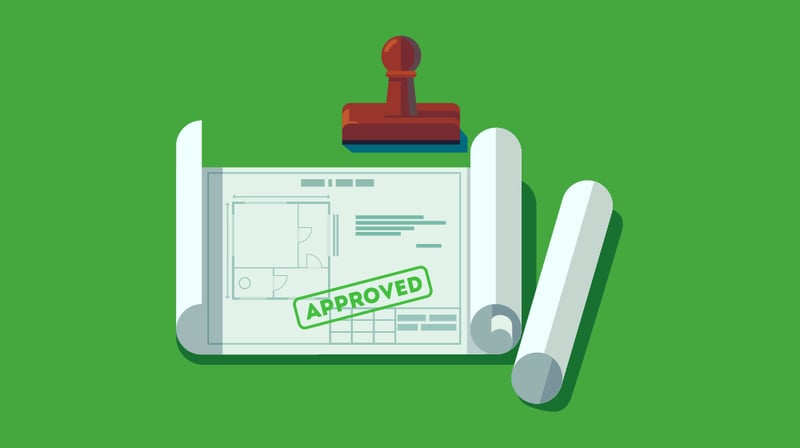I work for a higher education technology platform, and ironically, I’m not nearly as technologically savvy as you would imagine.
I’m that person amongst my peers who never updates their smartphone apps or their phone to its newest operating system. I’m embarrassed to admit that I have an old email account that is still collecting messages — around 6,000 and counting. When people ask me about this, I most commonly respond with, “I don’t know, it seems cumbersome to have to deal with all that.”
All that? I’m not sure that I actually know what “all that” entails, but I do know that each time I think about maintaining my tech, I get an unsure feeling in the pit of my stomach.
What if I don’t know how to use it?
What if I change something that I won’t be able to change back?
What if there’s nobody around to ask for help?
These are common indicators of technophobia, or the fear or dislike of advanced technology, especially computers. The thing to keep in mind is that the fear of the unknown is nothing more than a mental obstacle. Often times it is the fear of the unknown that hinders an individual from performing to their fullest in a manner of different settings — both personal and professional. Usually, an individual chooses to run away from the situation (the flight in “fight or flight”), and in the process may lose out on certain opportunities in life.
The 2017 Chapman University Survey of American Fears highlights the fears of the average American, and places “technology I don’t understand” at number 64, right between “devastating blizzard or winter storm” and “stalking.”

In an effort to identify ways to improve my own understanding of technology, I went with the tried-and-true concept of learning by teaching
Once a month, a group of my coworkers and I volunteer at a local retirement community teaching technology to the elderly. We host a workshop for residents that cover a number of different topics, including general tips and tricks for using a smartphone, tablet, or laptop computer.
There was one person in particular who showed incredible advancement in her comfort using her smartphone. What intrigued me the most about this particular resident was that she is the only attendee who had attended every single one of our workshops.
I began to notice that with each session, she slowly stopped being nervous about being in the room and became enthusiastic about attending the workshops and learning something new. She gave me a newfound desire to improve my own skills in order to be more intentional in my teaching.
As a former student affairs professional, I saw technophobia exist in many different realms on my campus. Technophobia affected people of all genders and ages, from executive level staff to administrators.
While many colleagues on my former campus were often quoted as saying, “I’m not much of a technology guru,” it should also be said for their sake that inexperience does not necessarily make for being technophobic.
A technophobic teammate might be more likely to stick with outdated paper processes for student applications and forms. Another indicator of technophobia could be a lack of data collection for departmental research and assessment, or perhaps even using the antiquated method of collecting event attendees’ names on a sign-in sheet, ultimately providing only the bare minimum information (and let’s face it, that sheet of paper will inevitably end up in a binder or worse yet, the trash).
The prevalence of technophobia on campus can be counterintuitive to the mission of higher education. The technology tools that exist for the industry to combat major problems are about supporting both campus staff and students.
The same technology which encourages student engagement also creates efficiency and streamlines processes so that more time can be spent interacting with students in an intentional way.
And while technophobia may exist across institutions or individuals, there are a number of ways to join the growing number student affairs professionals who are learning about new technology to support themselves and their students.
Here are suggestions for tackling technophobia in your work environment:
Personalize your web browser
In some browsers’ settings (like Chrome) you can personalize how the window opens with colorful or artistic backgrounds. I’ve found that opening my browser to something I enjoy looking at offers a little bit of enjoyment that I need to be able to take on my email inbox. If you’re not already, try using Google Chrome as a browser — it offers a lot of personalization settings. Plus, if you want to your internet experienced to be both personalized and organized, you can sign-in to Chrome, which could help keep your work and personal life a little bit more separate.
Use your bookmarks toolbar
Do you have a few websites that you go to as soon as you turn your computer on? Add them to your bookmarks! This is a great way to make them easily accessible and serves a quick reminder to check out new updates. The Presence blog is the first bookmark that I have on my toolbar.
Utilize your online calendar
One of the first things I do every morning is look at my calendar for the day. Google Calendar or Microsoft Outlook is a great way to keep track of events on campus that you are interested in, plus phone calls or meetings that you need to remember. The best thing I figured out was how to add a 10-minute reminder to my events, which sends me an email alert that it’s about to start. If emails aren’t enough of a nudge for you, you can also configure pop-up reminders.
Utilize online tutorials
In today’s age, many of the online tools that you use will give you a small tutorial introduction on how to navigate through their features when you first begin. While this may be something you’d like to skip over, if it’s offered, take the time to learn — it’s only there to help.

Be patient with yourself
Learning something new can be frustrating, but I encourage you to keep trying. Once you start to realize how much more efficient your job is using technology, you’ll ask yourself how you ever managed anything without it.
The moment I decided to start working for Presence was the moment that I realized I would have a lot of catching up to do when it comes to using technology in my daily work life.
With each subsequent hurdle that I have overcome, I have felt my technophobia diminish. Similar to the woman who attended the technology workshop, I began to see how much time and energy there was to be saved by using technology — and we never looked back.
My first step to combat my technophobia was figuring out how to streamline a few of the basic things I knew might help motivate me to learn more about technology. I signed up for my first blog subscription, I sent my first tweet, and learned how to use my Google Calendar more effectively.
The key was starting slowly, and deliberately choosing to allow myself to step out of my comfort zone into the fear of the unknown.
What scares you? What do you think is holding you back from overcoming those fears? Let us know on Twitter @themoderncampus and @HiAndreaMarieC.





